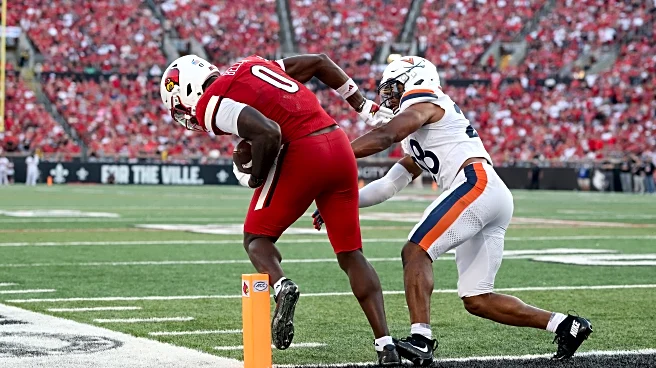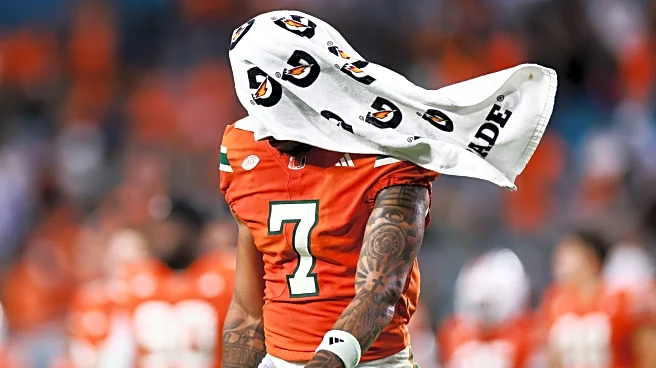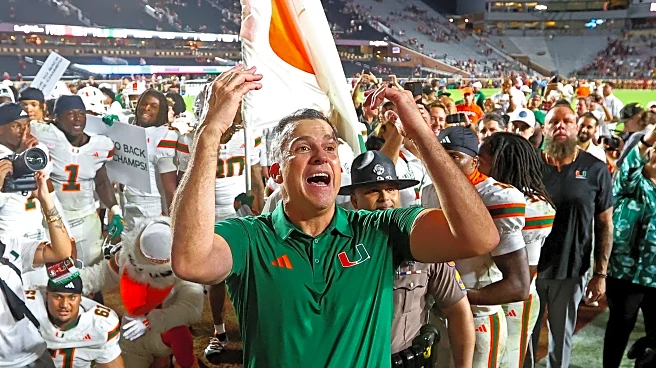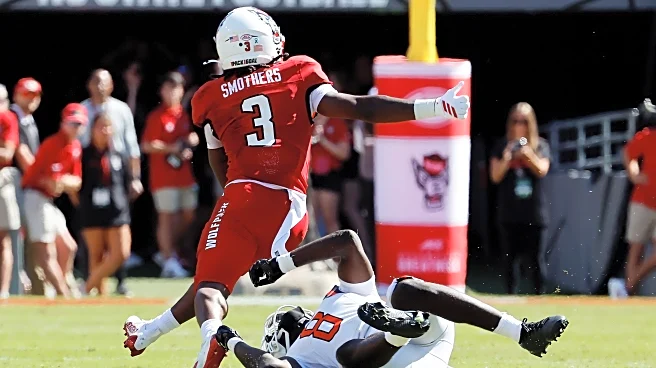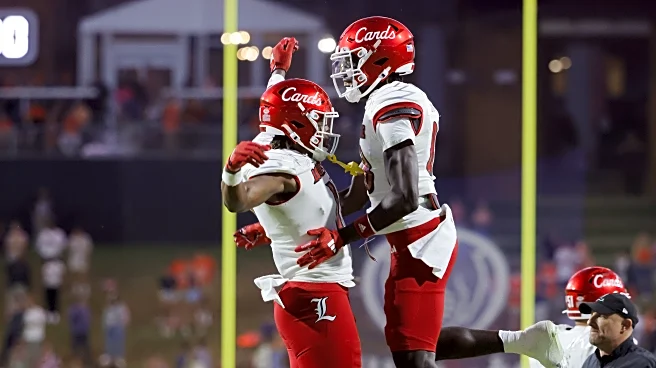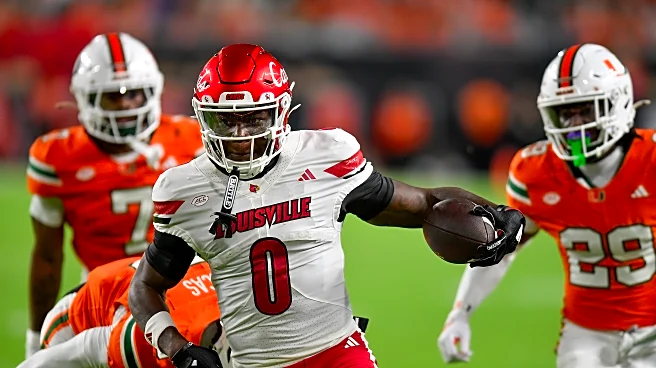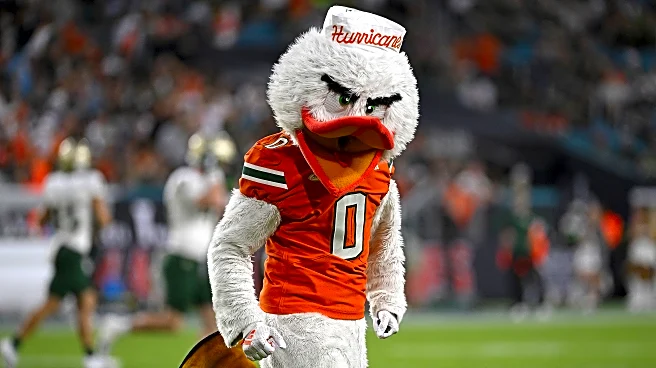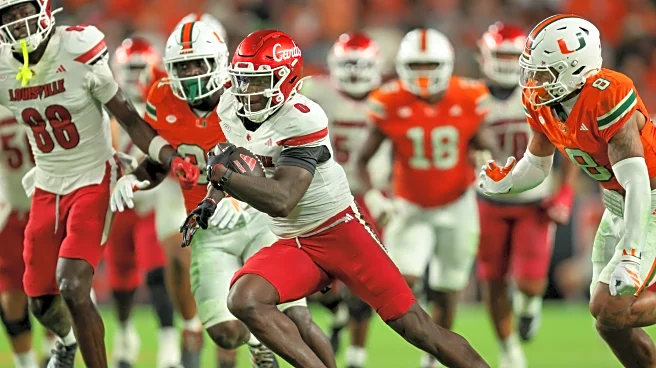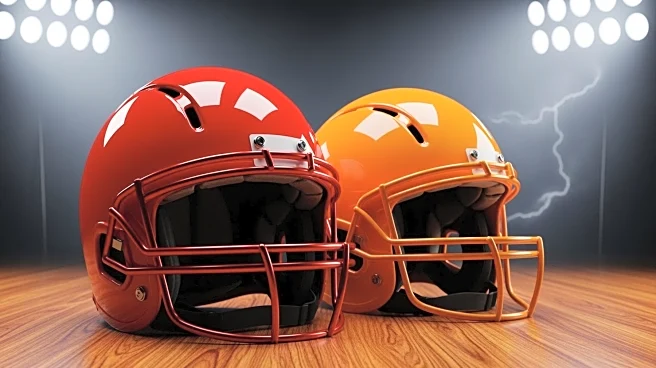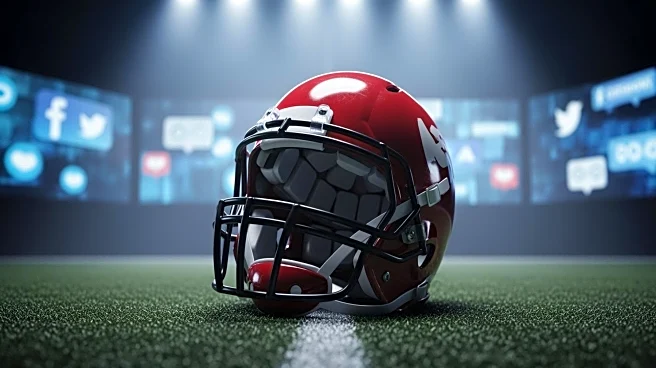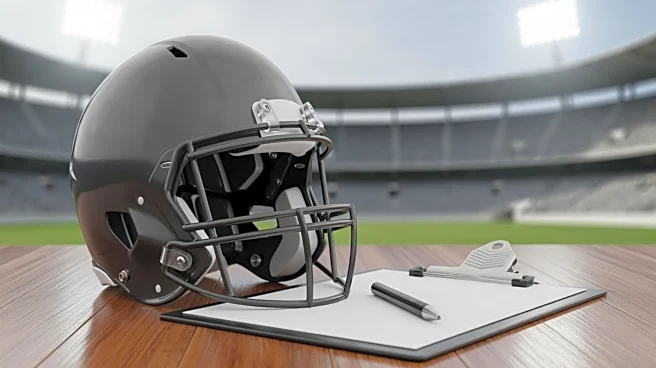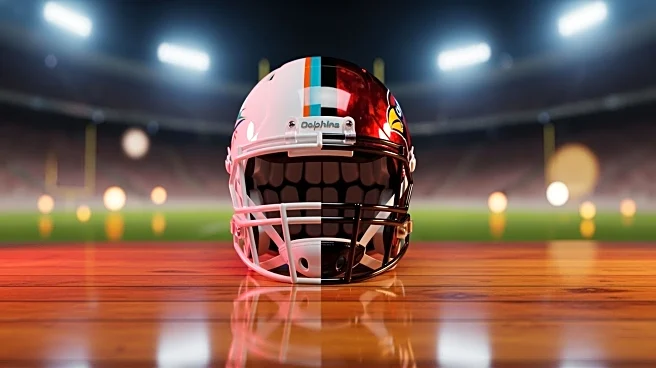The Miami Hurricanes (5-0) are hosting the Louisville Cardinals (4-1) on Friday, October 17th at 7pm. Both squads are coming off of an ‘idle’ week, but UofL lost their pre-break game against Virginia while Miami won their contest over rival Florida State.
Miami has a 84% chance of beating Louisville per ESPN. This is the first of seven straight games for the ‘Canes as they try to remain undefeated and play for their first ACC Championship since 2017. The Cards lone loss to UVA puts them at 1-1 in the ACC and still
in the realm of possibility of playing in Charlotte in December.
The Doppler
The SP+ from Bill Connelly has the Miami Hurricanes as the 15th best team in FBS, while the Cardinals are 26th. Miami’s offense is 6th, defense 24th and kicking game 18th. Louisville’s offense is 27th, the defense is also 27th, while the kicking game is 62nd.
The Hurricanes are 28th in FBS while converting 45% of their 3rd downs. Miami is also converting 71% of their 4th downs which is good for 15th overall. The Cards are 50th on 3rd down converting 41% of the time, and 75th on 4th down while converting on 50% of their tries.

The Miami defense is 19th on 3rd downs allowing only 31% of opponent’s 3rd downs to be converted. The Cards are 30th while allowing 33% of their opponents to convert on 3rd down.
Louisville is 101st in FBS in penalty yards per game while being flagged for 64-yards per outing. Miami is even worse, the ‘Canes are 106th while being flagged for 66-yards per contest.
Miami is 10th in FBS with +1.0 turnover margin per game. The ‘Canes are led by Carson Beck’s efficient play and a focus on ball security. Louisville is also 10th at +1.0.
Miami’s coverage teams could be put to the test against UofL. Cards WR Caullin Lacy is averaging 21 yards per kick return which is solid, but it’s his 24.3 yards and two TD’s on punt returns that stands out. Louisville’s kicker, Cooper Ranvier, is 9-of-10 on field goals and perfect on PAT’s.
The Film
With both teams having been off in Week Seven, and not having a similar opponent on the schedule thus far, I’m going to use the Cards 30-27 OT loss to UVA as the game film for this week. How did UVA beat Louisville? The Hoos were a smidge better than the Cards on money downs with UVA converting 8-of-18 while UofL only converted 8-of-19.
UVA was flagged for eight more penalty yards than Louisville but on two more penalties. The biggest difference was the Cards two turnovers compared to UVA’s zero. Both Cards turnovers were returned for a touchdown. Add that in with a missed field goal by the L’ville kicker and you can see how Brian Brohm’s squad lost the game.
First, let’s discuss The Pareto Principle. Pareto said that 20% of your effort resulted in 80% of your results. This came from his pea pods where 80% of his pods only produced 20% of his ‘harvest.’

When it comes to high school football 80% of a practice’s efforts (film, gassers, cone drills and the warm-up) are producing 20% of results; while 20% of the effort (competition, contact success, and spacing games) are producing 80% of the results.
Why do I say this? Because Louisville vs. UVA is a testament to competition, contact, and spacing. Miami vs. Louisville will be a testament to competition, contact and spacing. The two Cards turnovers that were taken back for touchdowns clearly tipped this game to UVA. If Miller Moss can’t handle competition, contact and spacing Miami can feast on his mistakes.
CARDS OFFENSE
QB Miller Moss threw two touchdowns with one INT for a TD on 6.9 yards per passing attempt. Moss is not a mobile threat to run which resulted in him being sacked multiple times as well, but he did score once on the ground.
Isaac Brown was solid with 5.1 yards per carry on 13 attempts, and Keyjuan Brown rushed for 5.3 yards per carry for the Cards as the backup.
WR Chris Bell is an issue. Bell averaged 14.2 yards per catch with two TD’s for L’ville. Moss had only three skills hit double-digit yards per catch, but did 10 different receivers including TE Jaleel Skinner.
The UVA defense logged five sacks, seven TFL’s, eight PBU’s and two defensive scores vs. Louisville.

Above– The first L’ville turnover occurs because Isaac Brown takes his eyes off the ball. Something that you learn in youth baseball as a five year old is to never take your eyes off the ball. Once his eyes come up to a defender he loses the ball and it results in a UVA scoop n’ score. A clear example of visual first in the visual-cognitive-motorskill trio.

Above– Something that impressed me about UVA was their eye discipline on defense. They had their mistakes like anyone does in a big matchup but this blitzing LB motors down and gets his eyes on the ball for a TFL on the quick pitch end around.

Above– Two players will be treated like safeties here at 7+ yards off (“hard deck”) the defender and they’re both on the other side of hash marks away from Bell. That means Bell will work vertically and outside of his CB to stay away from any rolling help from a safety.

Above– It creates a perfect fade ball to Bell, who snaps off for a back shoulder grab.

Above– When you run shallow cross you’re putting defenders in conflict to either chase or let go, and to tackle in space. UVA fails at the latter and can’t make the play in trail.

Above– Here is where the UVA eyes deceive them. We talk OODA Loop (Sorry, Cam) on these posts because that’s what football play calling comes down to: observe, orient, decide and act. And it all has to happen in tenths of seconds. It’s a hell of a game. The fake flea flicker runs a DE wide up field, and puts LB’ers in a back pedal.

Above– The CB’s just can’t let themselves get beat twice when Bell does something impressive. Here he catches a one handed back shoulder throw with the CB draped over him. He’s going to do something really cool, you just have to move on and not let it beat you twice.

Above– Competition, contact, and space. When the space closes in the middle of heated competition Moss loses the contact event and makes a stupid decision to throw this ball. It’s picked off and returned for a TD, UVA’s second on defense.
CARDS DEFENSE
The Cards defense held QB Chandler Morris to 4.8 yards per pass attempt with one TD. Morris was held to only 1.0 yards per carry including two sacks.
J’Mari Taylor averaged 4.3 yards per carry with one TD but the Hoos were hit with nine TFL’s by the aggressive Louisville defense. Cards LB Antonio Watts is a problem for opposing offenses. Watts logged 2.5 TFL’s, 0.5 sacks and one PBU.
UVA had two double-digit yards per catch receivers vs. the Cards including Cam Ross and his TD.

Above– The Cards defender wins contact, closes space, and competes for the TFL. L’ville blows up multiple screens and swings vs UVA. One thing Miami has done better this season than over the past 10 years is block on the perimeter and guys like CJ Daniels and Elija Lofton need to keep at that.

Above– The Cards aren’t a bad tackling team but some plays just seem to pop out. Mark Fletcher Jr. needs to watch this and realize if he can keep his legs moving he’ll have some huge plays that seem over. UVA’s RB winds up with an explosive on this play that looks dead to rights.

Above– Now you can see how blocking with OL in space vs. just WR’s can really make a difference. On this RB screen the OL combo the most dangerous man and the WR turns the CB out. Francis Mauigoa out in space is a thing of beauty- use it or lose it.

Above– Fans are always complaining about condensed sets from Miami’s offense but this is why they work. UVA motions to a tight bunch look. The outside WR will hit the goal post on a seam, the middle TE runs a drag and the inside slot runs a wheel.

Above– If you’re one step behind as a defender you’re really three and that’s a TD on the wheel.

Above– One thing I’ve been impressed with about Miami’s RB’s is their pass protection. Marty Brown and Fletcher have been aces in pass pro, keeping many deeper throws alive for Beck and the OL. Here UVA’s RB gets blown by and it results in a bad sack on 3rd and long.

Above– Why is the OODA Loop such an important part of the game? Look at how a direct snap to the RB with the QB acting the fool can draw the attention of a defense. At least half of the defense, the ones we can really se, are watching the QB who doesn’t have the ball as the RB walks in untouched for the game winner.
The Forecast
The Canyonero Keys to Victory theme against L’ville was that it will be a Cadillac of Games and I still agree. The Cards can scheme with the best of them and Moss might not be great but Bell and Brown are a problem.

The individual keys to victory over Louisville are:
1- Get to Moss with the front four. UVA sacked Moss five times including DE Mitchell Melton getting him twice. That gives Melton 2.5 sacks on the year- so yeah, he ain’t Rueben Bain Jr. Miami should avoid sending extra guys that could be used to cut off Brown and Bell from making big plays.
2- Bracket Bell. Tyler Shough threw four TD’s vs. Miami a year ago but they were to everyone but Bell. Bell did come away with 77 receiving yards and can’t be allowed to ‘go off’ like Ja’Corey Brooks (17.8 per catch, two TD’s) did a year ago.
3- Win 1st down on offense. Nine TFL’s are nine damn TFL’s. That’s a boatload. I think Miami is averaging 6.5 TFL’s per game this season as a very productive unit. Miami cannot over-commit to the run for the sake of running for 1-2 yards on 1st down into a heavy box. Use the RPO game, use play-action, and get CJ Daniels and Malachi Toney in space with Elija Lofton and Mark Fletcher Jr. underneath.
Prediction: Miami by 6. Louisville and Miami are a fairly even matched group when it comes to money downs, turnover margin, penalty yards, and kicking. A stud RB, explosive WR, and a laundry list of TFL’s are part of both team’s games. The difference maker will be Miller Moss vs. Carson Beck. Beck should emerge as the better QB and push his team to a major ACC win.
